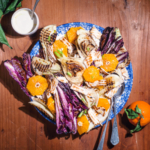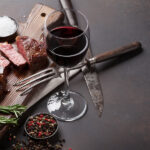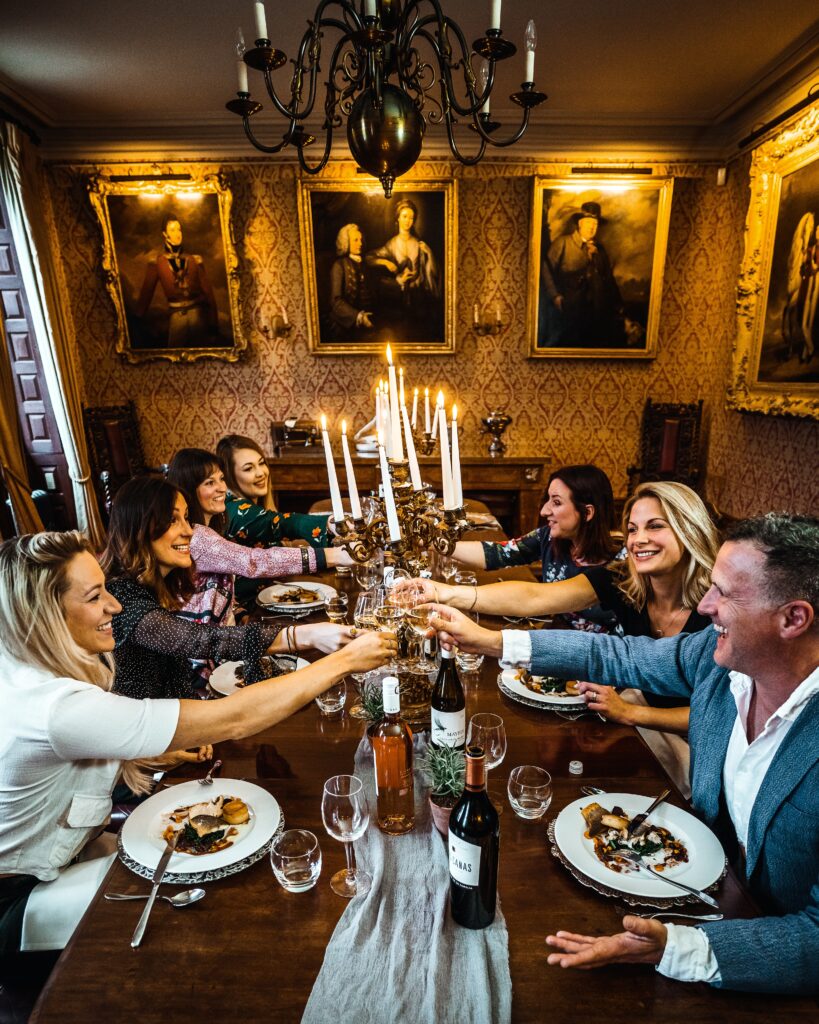 Winter Food & Wine Pairing Guide
Winter Food & Wine Pairing Guide
Every once in a while, my friend will text me pictures of wine bottles on her counter. “We’re going over to our neighbors’ house for dinner,” she’ll say, “and they’re serving carbonara. I read that Prosecco pairs well with carbonara but I don’t have any. Help!”
Wine and food pairings are one of those things that can make even the most confident of adults nervous, especially when the wine is going to be shared (and judged) by others. There seems to be this mentality that wine and food pairings are concrete, set-in-stone rules. That there is a right answer and a wrong answer. Carbonara only pairs well with Prosecco, surely. If the internet says so, it must be.
I’ve managed a wine bar and studied wine science in Bordeaux. I can assure you that there are no hard and fast rules. There are merely recommendations based on a whole lot of trial and error, leading to what the wine world has deemed to be “good.” Everyone has their own method–and I’m about to share mine.
But before I do, there’s one thing you need to remember. In the end, it’s about what you like. There are, in my opinion, some “bad” pairings (like an acidic white wine and milk chocolate) but what matters is whether you like it. If you like white wine and chocolate, it’s not a bad pairing.
So what’s my method? I like to follow the mantra like goes with like (with one exception–keep reading!) Using this philosophy, here are three flexible guidelines on wine and food pairings, focusing on cozy winter dishes. Turn up the jazz, light the fire (or turn on a YouTube fire video), and hunker down with your favorite winter pairing!
Consider the mouthfeel.
In general, I like to match the food’s richness with the wine’s body. This way, neither the food nor the wine overpowers the other. For example, I’ll pair a rich and heavy dish with a full-bodied wine. Or, if the dish is delicate and light, I’ll pair it with a light-bodied wine.
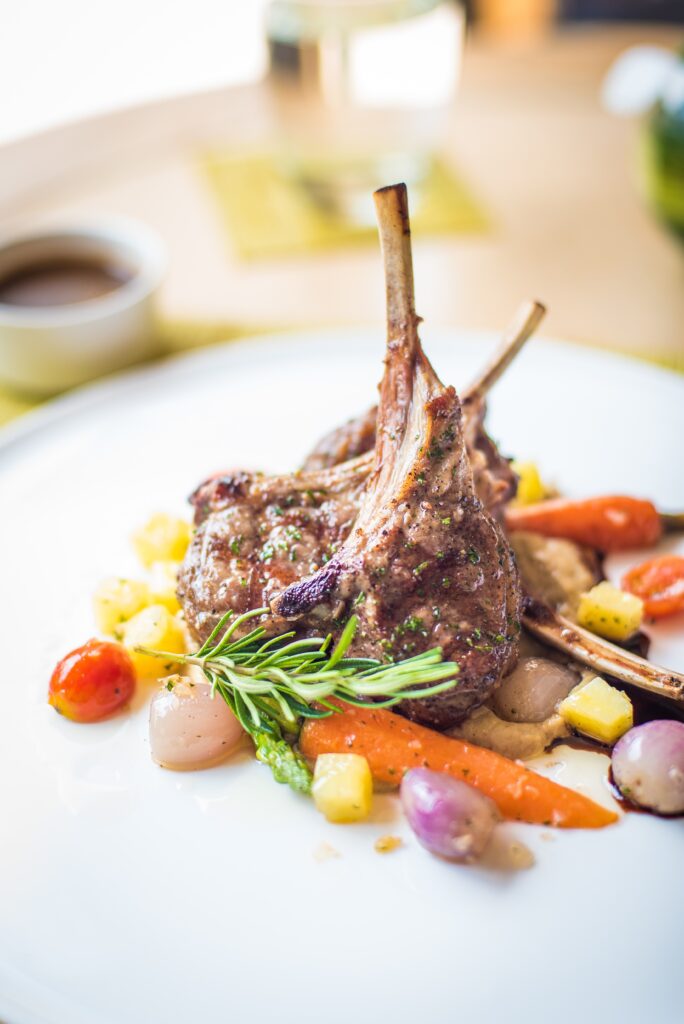
Pairing idea: Braised lamb shanks and Carménère
Why it works: You’re matching rich and bold mouthfeels. The richness of the lamb is matched with the richness and tannin level in the Carménère. Plus, the tannins in the wine will actually bind with the protein in the meat, leaving your mouth feeling a little bit more lubricated.
The one time you don’t want to match mouthfeel is with spicy food. If you pair a spicy dish with a “spicy” wine like a peppery red wine, your mouth will feel even more on fire. This is because the alcohol and tannin in the wine will make your mouth feel even drier and hotter. What you want is a very cold, somewhat sweet wine. Researchers from Penn State University suggest that the sweet sensation could overwhelm the burning sensation, reducing your mouth pain. Plus the lower the alcohol percentage the better, since ethanol amplifies the burning sensation from spicy foods.
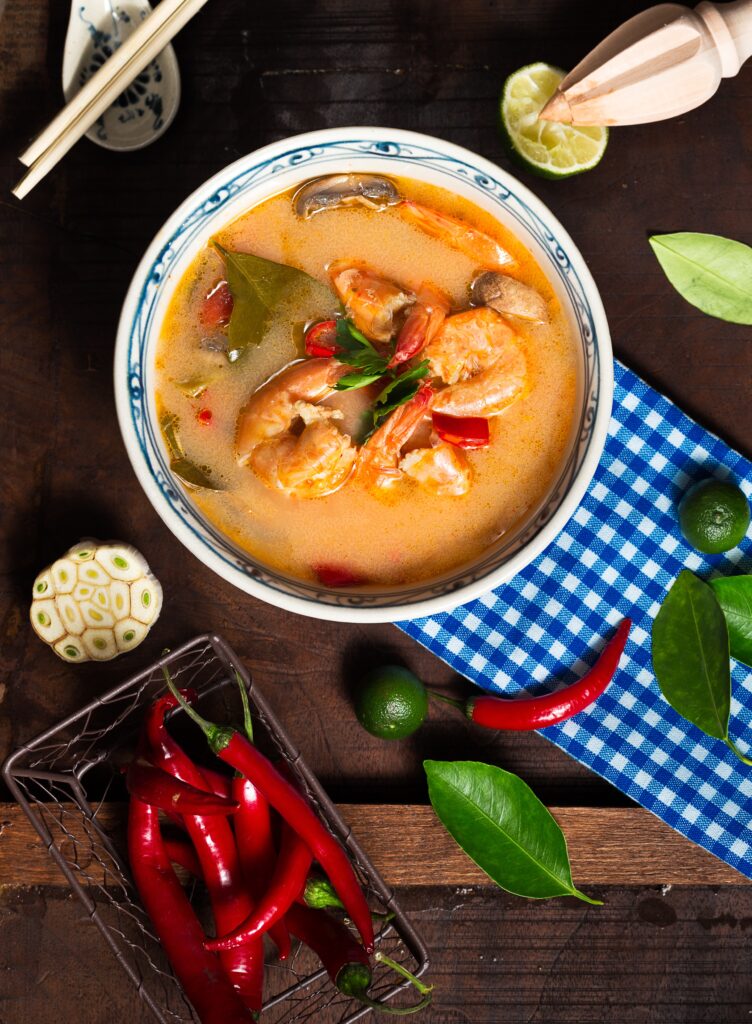
Pairing idea: Spicy curry and semi-dry Riesling
Why it works: Here, you are pairing the contrasting mouthfeels of hot/spicy curry and cool/sweet wine. The coolness and sweetness of the Riesling eliminate the burn from the curry.
Consider the level of sweetness & acidity.
The second thing to consider is how sweet or acidic the wine and food are. Let’s say you’re serving pasta with a bright tomato sauce. Tomato sauce is generally quite acidic. Following the theory of like goes with like, you would want to serve an acidic wine. The acidity will complement each other; neither the wine nor the food will seem out of balance. Similarly, if you’re serving dessert, you’d want to serve a wine with some residual sugar in order to match sweetness levels.
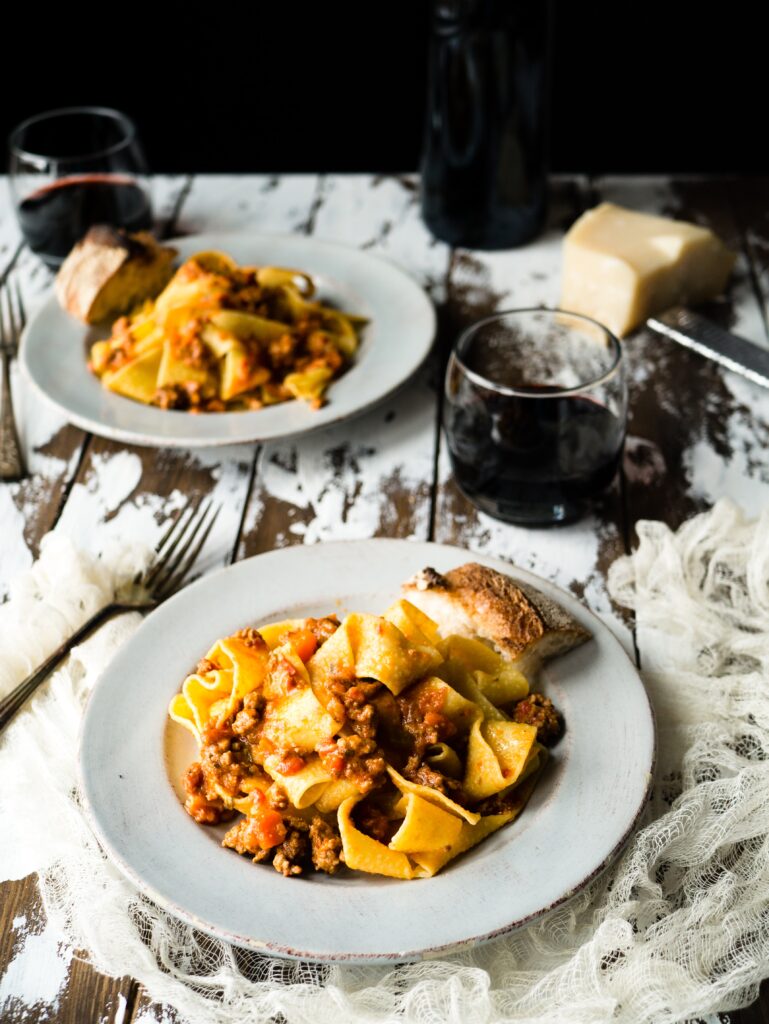
Pairing idea: Pasta ragu & Sangiovese
Why it works: The Sangiovese has just the right amount of acidity to match the acidity from the tomato-based ragu sauce. Plus, we’re still matching body here!
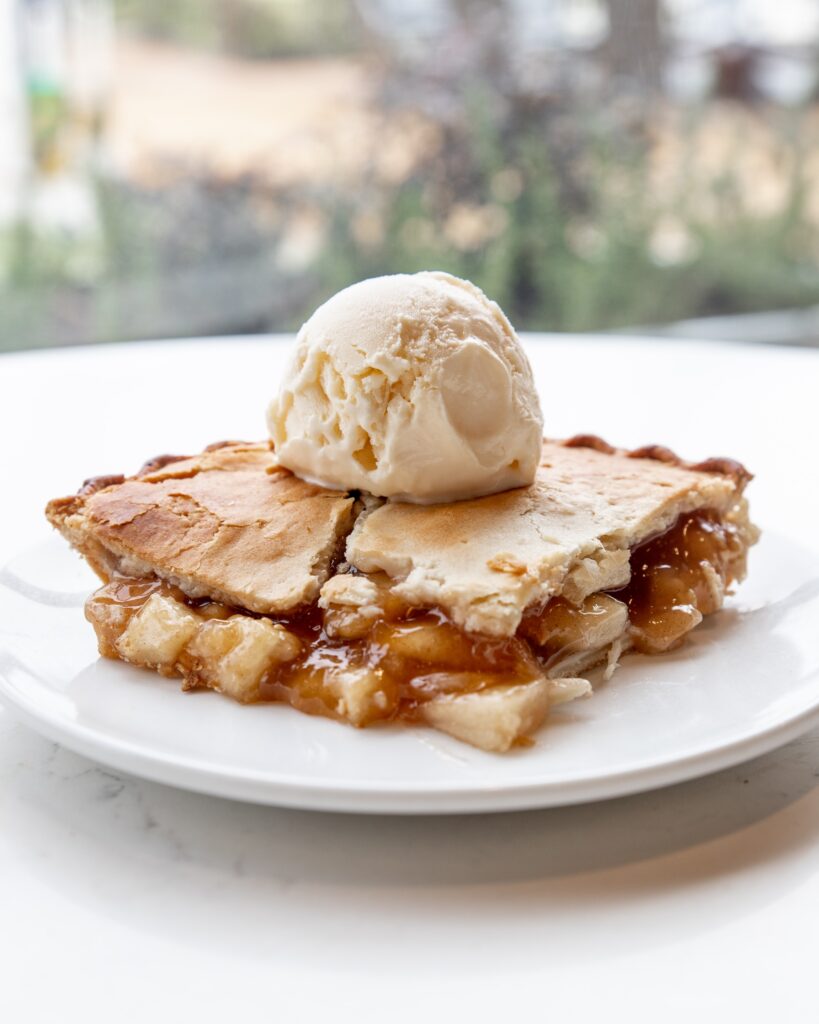
Pairing idea: Apple pie and Sauternes
Why it works: You’re matching both sweetness and acidity here. The pie is sweet, backed by a hint of acidity from the apples. Sauternes is sweet but still with a decent level of acidity thanks to the Semillon grapes.
Consider the flavors.
Now that you’ve considered the mouthfeel and the level of sweetness/acidity, it’s time to consider the last element of the wine and food pairing trifecta: flavor.
Pair like with like or pair complementary flavors.
To start, just pair like with like. Pair the flavors of the dish with the flavors in the wine. But if you want to take it a step further, you could pair complementary flavors. To do this, I like to use this flavor wheel based on “The Flavor Bible” by Karen Page. Type in the main flavor(s) of the dish, and it will give you their complementary flavors.
Then, to find a wine with a matching flavor, I like to use Wine Folly. For example, if I type “ginger” into their search bar, it returns a list of wines with ginger notes. Voilà!
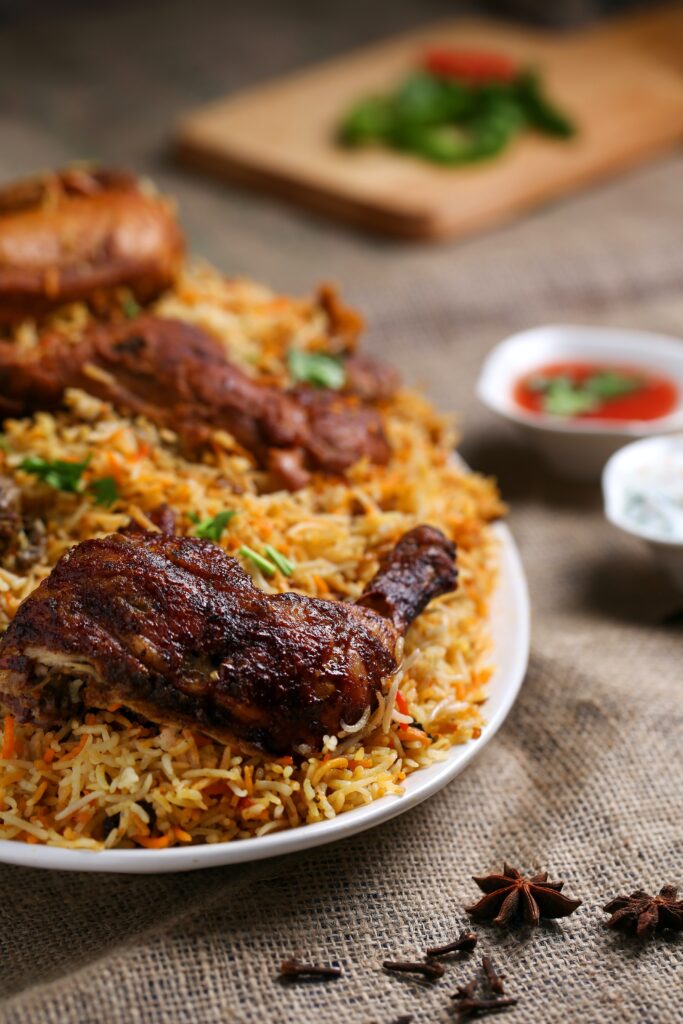
Pairing idea: Chicken and cardamom rice and Xarel-lo
Why it works: Xarel-lo, one of the main grapes in the Spanish sparkling wine, Cava, has notes of ginger, almond, and lemon. These flavors complement cardamom. Plus, Xarel-lo’s acidity and body are still going to be in balance with the dish!
If you remember nothing else from this article, remember to pair like with like, except for spicy foods.
There is no right and wrong here. Get creative with it! What tastes good to you is what matters. The point is not to tell you conclusively what wine to pair with what food, but rather to give you the tools to decide for yourself.
Cheers!
 Charlotte is a Master of Science candidate in Wine and Vineyard Sciences in Bordeaux, France. Her passion for wine developed thanks to a bartending gig at a little French wine bar in Washington, DC. Eventually, she quit her desk job to manage the wine bar full time. Hailing from Northern Vermont, she is fond of outdoor hockey rinks, local ski hills, and farm-to-table food and drink.
Charlotte is a Master of Science candidate in Wine and Vineyard Sciences in Bordeaux, France. Her passion for wine developed thanks to a bartending gig at a little French wine bar in Washington, DC. Eventually, she quit her desk job to manage the wine bar full time. Hailing from Northern Vermont, she is fond of outdoor hockey rinks, local ski hills, and farm-to-table food and drink.
Header Photo Credit: Sebastian Coman Photography on Unsplash, Lamb shank: Photo by Chevanon Photography from Pexels, Curry: Photo by Lovefood Art from Pexels, Pasta ragu: Photo by Christine Siracusa on Unsplash, Apple pie: Photo by Spencer Davis from Pexels, Chicken and cardamom rice: Photo by Rajesh TP from Pexels




